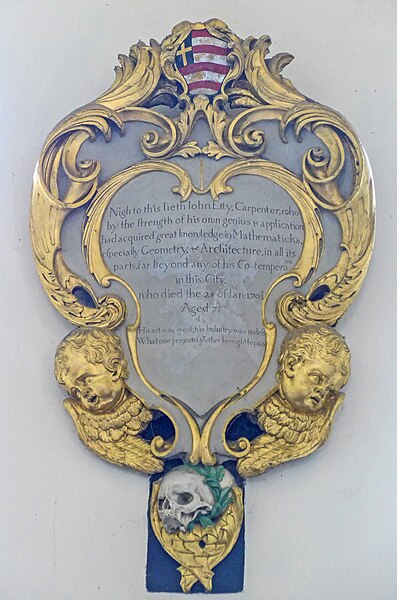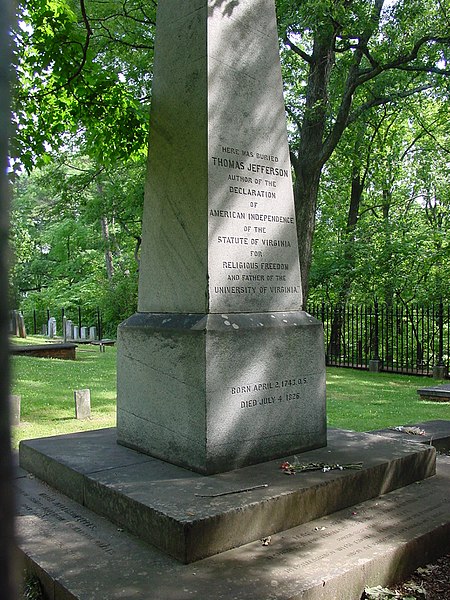Charles XII, sometimes Carl XII or Carolus Rex, was King of Sweden from 1697 to 1718. He belonged to the House of Palatinate-Zweibrücken, a branch line of the House of Wittelsbach. Charles was the only surviving son of Charles XI and Ulrika Eleonora the Elder. He assumed power, after a seven-month caretaker government, at the age of fifteen.
The 15-year-old Charles in 1697 as king of the Swedish Empire
Monument to Charles XII in Stockholm, with Charles pointing towards Russia. Stockholmers call this statue "the lion among four pots" ("Lejonet mellan fyra krukor") referring to the mortars. This contrasts with a nearby statue of Charles XIII, which has lions similarly arranged; that statue is known as "the pot among four lions" ("Krukan mellan fyra lejon"), referring to a Swedish slang expression for a klutz.
Charles XII and Mazepa at the Dnieper River after Poltava by Gustaf Cederström
From the autopsy of Charles XII in 1917
Old Style and New Style dates
Old Style (O.S.) and New Style (N.S.) indicate dating systems before and after a calendar change, respectively. Usually, they refer to the change from the Julian calendar to the Gregorian calendar as enacted in various European countries between 1582 and 1923.
Memorial plaque to John Etty in All Saints' Church, North Street, York, recording his date of death as "28 of Jan: 170+8/9"
William Hogarth painting: Humours of an Election (c. 1755), which is the main source misinterpreted for "Give us our Eleven Days".
Thomas Jefferson's tombstone. Written below the epitaph is "Born April 2. 1743. O.S. Died July 4. 1826."
Issue 9198 of The London Gazette, covering the calendar change in Great Britain. The issue spans the changeover; the date heading reads: "From Tuesday September 1, O.S. to Saturday September 16, N.S. 1752".








